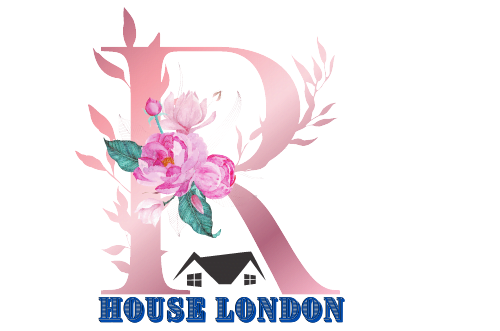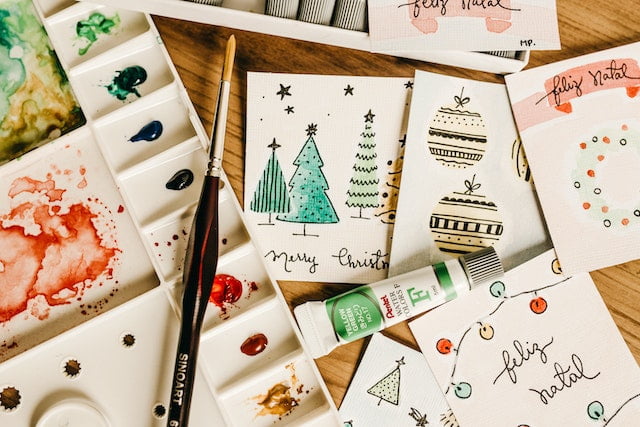A Short Guide On Food Photography
Food photography is considered one of the most challenging types of photography out there, but this is far from the truth. When you learn photography from a professional, you enjoy this activity until you get the ideal balance of art and reality. People enjoy food photography for so many reasons. Some of these include:
It reveals details concerning your dish that you may not notice with the naked eye.
With a good camera and perfect lighting, you can capture the beauty of your meal. And note any details in it. That makes your mouth water and even as you watch photos of these meals.
It can help you track what you are eating.
Do you desire to change your eating habits? Instead of remembering to update your food journal every other time, taking pictures of the same can make all the difference. That not only saves you time but adds an element of fun into your diet regimen.
It serves as a souvenir for memorable meals.
Sometimes you may not afford to eat at a high-end restaurant. But when you get the chance, taking photos to document this experience gives you good memories. Also, if you love to travel around the world and explore different foods, keeping photos helps you relive the good times.
To begin having fun with food photography, some of the tips to consider include:
1. Lighting
When doing food photography, soft light is best. Once you learn how to shoot in manual mode, you realize that you can take food images any time and don’t have to rely on light. One perk of natural light food images is that you do not require a lot of light.
Even if your home has poor lighting, you can set up a tiny table near some door or window light. To eliminate any background clutter, you can use backdrops. The best part is, you do not need costly backdrop stands but a decent-sized piece of board.
2. Choose your angles
Where you choose to place your camera impacts the image you’re trying to tell. For this reason, you need to think about the food beforehand. That is, its shape, height, size, and what is unique about it. Place your camera at an angle that best highlights all your food’s qualities.
Remember, some foods look great when you shoot from the front, above, others while looking down, and other varying angles.
Try lots of these to see what looks best when you get them off the camera.
3. Surround your hero
Whether you’re trying out black and white photo-editing or a usual shoot, you want to keep a great background and foreground to work with and use the empty spaces to tell a story. Also, surround the main dishes with props and ingredients that relate to the food. And that may include sauces, cooking utensils, oils, and so on to indicate how the food got made. Placing these elevates your story and gives it the depth it deserves. You can use a photo editor if you do a mistake.







